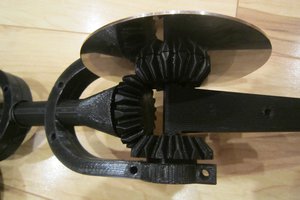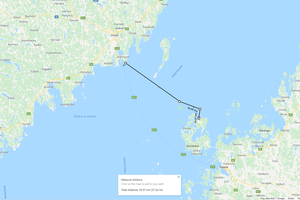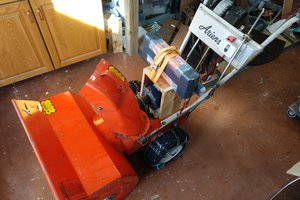If you are going to build an underwater robot (ROV) then the first question is the choice of the thruster. Having a good thrust you can lift heavy loads, work in current and install additional equipment. If your thruster has high efficiency you can use even a small battery and the running time will be great. But where to get such a thruster?
You can made high-efficient thruster with superior performance from an inexpensive but very popular DT700 brushless motor. It will be more efficient and powerfull than Blue Robotics T200!
You should prepare DT700 for it. Although most brushless motors can work in water, it is recommended to make some modifications. Over time (after 100-1000 hours) microscopic damage appears on the wire's protective coating. Leakage of current through these holes can lead to malfunctions in the ESC or RC controllers. Moreover electric current into these holes causes electrochemical corrosion, which leads to a rapid destruction of the wires (after 10-100 hours). To prevent this we should impregnate the wires with epoxy. The engine will operate underwater with increased power so it is necessary to ensure a good heat dissipation. To do this, choose an epoxy with a high thermal conductivity.
At first we used Thermally Conductive Potting Compounds only, like this one but this summer we tested few types of inexpensive epoxy, like this and find them perfect. Ideally, you should use a vacuum chamber to remove air, but even without it we get a fairly stable result. The basic requirement for an epoxy is that it must be sufficiently liquid to have time to fill the space between the wires. If there is air left it can lead the motor to overheat at maximum load.
If you will use thruster at high power you should prepare DT700 for it too. Our test show this two small screws can not keep the motor from turning at maximum load. Even if you screw them hard they will not be able to hold the shuft securely and leave only shallow scratches. This can lead to a break in the wires and damage to the motor. I recommend you to drill a sink as on the photo. This completes the preparation.
Within a year we use these thrusters on our ROV and there have never been any failures. The propellers have never broken, despite the large number of algae in our lakes. Thrusters consume little energy but give a lot of thrust so we use batteries on board and the last for 5-8 hours of continuous operation. Our last test showed a record thrust of 10.5 pounds (4,78 kg) at 12 volts 25 amps and it's more than Blue Robotics! We also measured the efficiency of the thruster. At a current of 1 amp it is an incredible 52 grams per watt (1.83 ounces per watt) and it's also more than Blue Robotics!
 shenzhen
shenzhen

 rand3289
rand3289
 Ken Biba
Ken Biba

 Ryan
Ryan
Very cool! Did you ever try it out in saltwater?